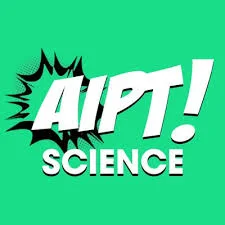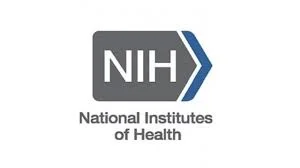ANYA takes a fictional look at a couple, a scientist, and a small community deciding whether to pursue gene-editing to have a healthy baby. In the real world, the race is on to produce — and to regulate — gene-edited babies.
When we filmed ANYA, this kind of gene-editing was still fiction. But by last November, when we were in post-production, news broke that a Chinese scientist had created twin “CRISPR babies.” Now, a Russian molecular biologist plans to implant gene-edited embryos in HIV+ volunteer mothers as early as the end of 2019. His goal is similar: to edit the embryos’ CCR5 genes in a way that reduces the risks of passing on HIV in utero.
This proposal comes at a time when most scientists believe that experiments on “gene-edited babies” should be banned until an international ethical framework is in place.
Read Nature’s 6/10/19 article on Dr. Denis Rebrikov’s controversial proposal.
Read Nature’s 6/11/19 Editorial urging the scientific community to intervene. (Image credit: Yorgos Nikas/SPL)
ANYA encourages viewers to join the worldwide debate now underway on how best to regulate gene editing in human sperm, eggs, and embryos.
Read More



















